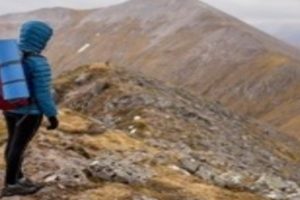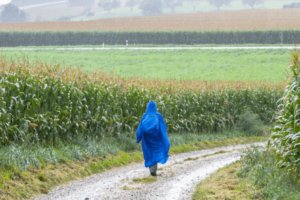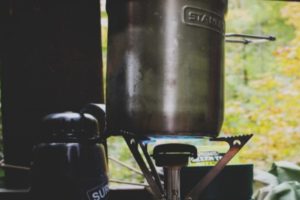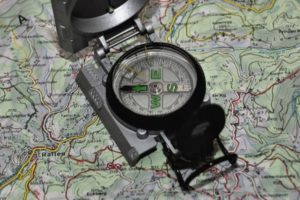I’m a firm believer in hiking light no matter whether I’m on a day trip in the countryside or a five-day camping trip across Snowdonia. While it’s possible to buy backpacks up to 90 litres, I tend to pack light and therefore stick to the smaller sizes.
Consequently, a 30-liter pack back, is the perfect size for a daypack, for a day walk on the mountains. One question I’m always asked; how big is a 30-litre backpack? And What can you fit into a 30-Liter backpack?
Where to Start
Let start with the fundamental question, how big is a 30-litre backpack. The answer is 30-liters in size. In real terms, this means that it will have a length of 18-to-20-Inches, a width of 9-to-13-Inches and depth (depending on the design) of 4-to-7-Inches.
In terms of weight, this does depend on the design, the material used in construction and the amount of padding, however, a good 30-litre backpack should weigh around 2-3 KG. That said, if you’re prepared to pay a little more and forgo a few of the usual comfort factors built-into a standard backpack, it’s possible to reduce this weight down to 0.4KG as with the Kumo 36 Superlight Backpack.
What Can you Fit in a 30 Litre Backpack?

For me, a 30-litre backpack is a great size for a day hike or possibly a weekend hike where I’m not staying in a tent. If for example, I’m hiking and then staying overnight in a bed&breakfast, I find that it’s a perfect size, but it’s too small to start packing tents and camping gear.
To give you an idea of what you can typically fit into a 30-Liter backpack, here’s what I usually take for a weekend on the mountains when I’m staying in a bed&breakfast.
- First Aid Kit, Emergency Kit, Navigation Kit (GPS Watch, GPS Navigator, Map & Compass)
- Light-weight waterproof clothing (Mid and Outer Layer)
- Two sets of base layers to include (day and night socks)
- A small toiletries bag (moisturizers, razors, and mosquito spray)
- Two water bottles
Features to Look Out For
One point to remember, a 30-litre backpack is a perfect size for daily use. Not only are you buying a backpack that can be used on in the countryside, but it can also be used on a day-to-day basis. I use mine to go to the gym as it’s the right size to hold everything I need.
Before you go out and buy a 30-litre backpack, there are a few things that you need to consider that will help you buy the right model for your needs. Here are some of the aspects that you must keep in mind
Price – is important. On the one hand, you can easily pop down to your local supermarket and buy a standard backpack for a few pounds, however if you want a quality backpack that will last you a few years while being designed with specialist hiking features to keep you comfortable on the mountain, you’re going to have a spend a few pounds. As an example, I really like the Kumo 36 Superlight Backpack as it only weighs half a kilo. That said, it’s not exactly cheap. Prices start at around £189.99, and while you can buy it in the sales cheaper, it’s never discounted much.
Brand Names – With the price, I would also stick with brands that you have heard of rather than cheap imports. We have all bought backpacks on the internet that have been made in china. They look great, sound fantastic and come with a price tag that is unmatchable, and then something breaks. The warranty you were promised is non=existent, and you’re out buying a new backpack.
Waterproof – General backpacks are not 100% waterproof, and while the material might be waterproof, water has an annoying way of finding its way into your bag. A rain cover is a useful way to cover your backpack and stop the contents getting wet in the rain. If your rucksack doesn’t come with a rain cover, you can buy one separately.
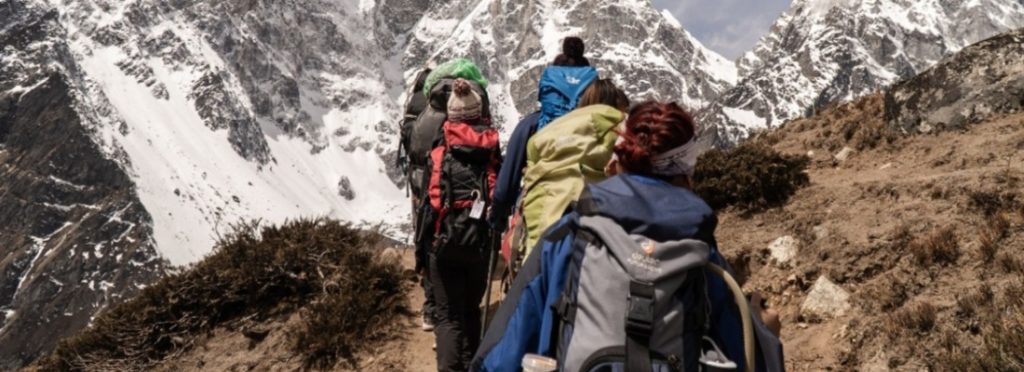
Chest and Hip Straps – are essential. You might think that just because your rucksack is going to only weigh a few kilos that you don’t need them, however this is not correct. You also make sure they are adjustable for a good fit. To get the perfect fit and weight balance, you need to adjust the height of the straps depending on the length of your back so that 70% of the weight sits on your hips, with the rest on your shoulders. It would help if you kept the weight a close to your body as possible to stop it moving around. I would also recommend that you look out for padded straps as this will help for those times when you pack your bag heavy.
Compression Straps – are adjustable straps on the top or the side of your backpack that when pulled tightly will help to reduce the pure bulk size of your backpack, while keeping things pushed together, so they don’t move about. One of the top three accident causes is down to bags moving, causing loss of balance and a fall. Compression straps help to reduce this and are vital for your rucksack.
Clips & Hooks – are very useful to attach things to your backpack. Personally, I like to take walking poles with me even if I’m not going to use them and attached my map & compass to the outside of my rucksack. Walking poles loops are very useful to hold walking poles, while clips are very useful to attach carabiners to which can hang things like maps and excess clothing.
Finally
We started this off with a question of how big is a 30-litre backpack. The above should answer the question, but in short, it’s big enough for an everyday backpack for a day or two-day hike in the countryside. It’s not big enough for camping gear, but it has not been designed this way.
If you want a great 30ish-Liter backpack, then check out either the Deuter Trail Pro 32 or the Kumo 36 Superlight Backpack. Both are great models, but the Kumo is not cheap.

